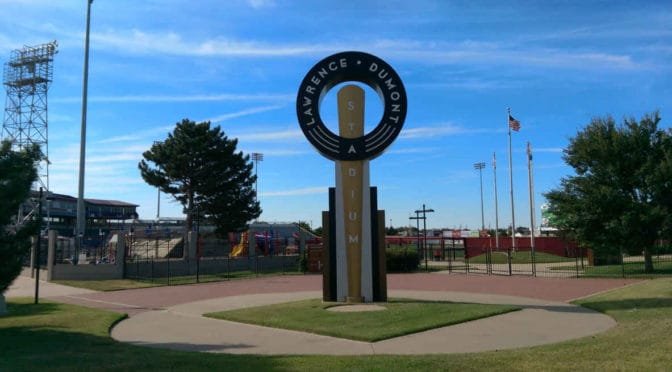Tag: Intrust Bank arena
-

Attendance at Sedgwick County attractions
Trends in attendance at Intrust Bank Arena, the Sedgwick County Zoo, and Sedgwick County Park.
-

Intrust Bank Arena loss for 2019 nears $5 million
A truthful accounting of the finances of Intrust Bank Arena in downtown Wichita shows a large loss.
-

Intrust Bank Arena economic impact holds mistake
A report on the economic impact of the first ten years of operation of the Intrust Bank Arena in downtown Wichita incorrectly reported tax revenue.
-

The finances of Intrust Bank Arena in Wichita
A truthful accounting of the finances of Intrust Bank Arena in downtown Wichita shows a large loss. Despite hosting the NCAA basketball tournament, the arena’s “net income” fell.
-

Wichita considers a new stadium
The City of Wichita plans subsidized development of a sports facility as an economic driver. Originally published in July 2017.
-

Retiring Sedgwick County Commissioner Dave Unruh praised
The praise for retired Sedgwick County Commissioner Dave Unruh can’t be based on our region’s accomplishments under his guidance. That is, if people are informed and truthful.
-

For Hugh Nicks, a return to the backroom deal?
Remarks from a candidate for Sedgwick County Commission call for presenting a unified front to the public.
-

Downtown Wichita business trends
There has been much public and private investment in Downtown Wichita. What has been the trend in business activity during this time?
-

Intrust Bank Arena loss for 2017 is $4,222,182
As in years past, a truthful accounting of the finances of Intrust Bank Arena in downtown Wichita shows a large loss.
-
Briefs
Reminds me of the Wichita flag Wichita Eagle Opinion Line, December 5, 2017: “So Wichita wants to put its flag on license plates. I hope not. Every time I see it, it reminds me of how much it looks like the KKK emblem.” I’ve noticed this too. Have you? Here is the center of the…
-

Naftzger Park contract: Who is in control?
The City of Wichita says it retains final approval on the redesign of Naftzger Park, but a contract says otherwise.
-

Downtown Wichita gathering spaces that don’t destroy a park
Wichita doesn’t need to ruin a park for economic development, as there are other areas that would work and need development.